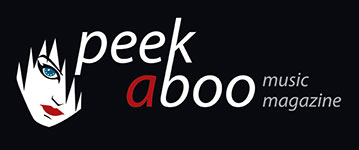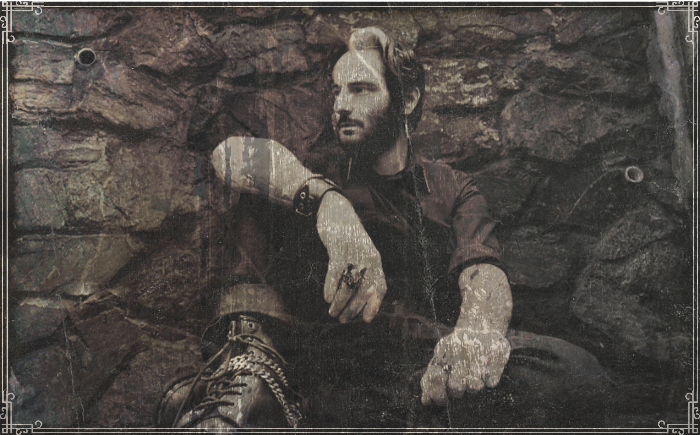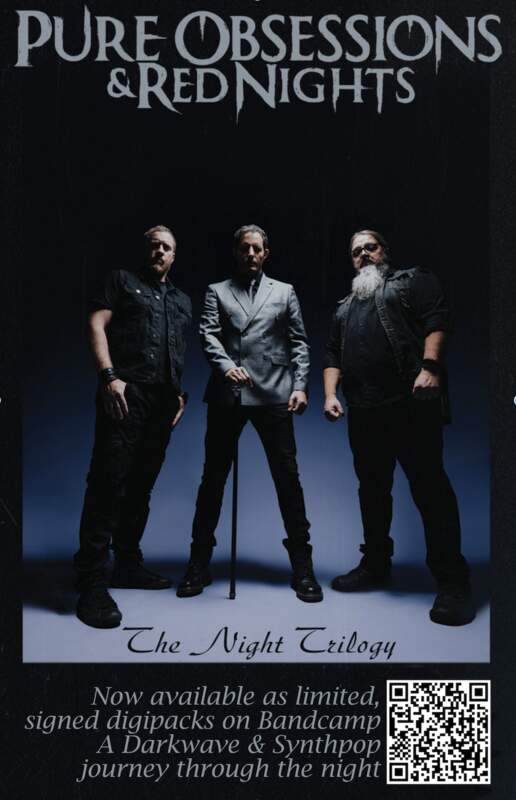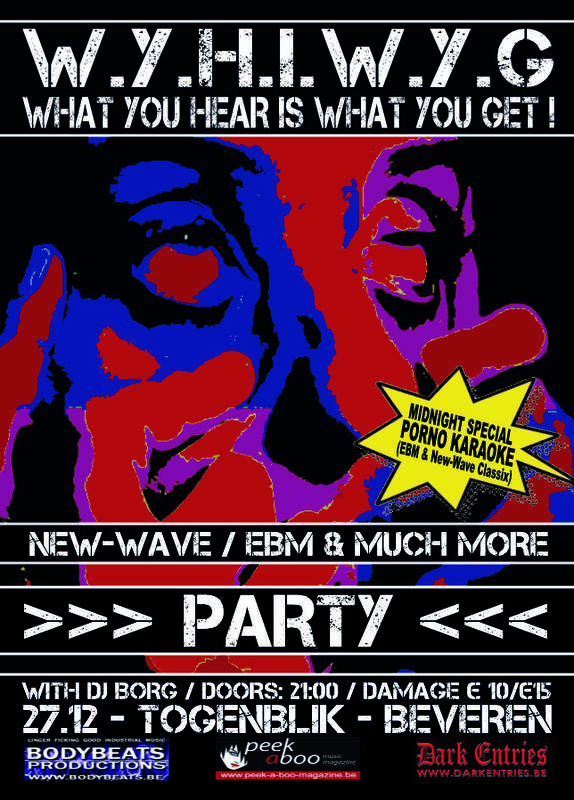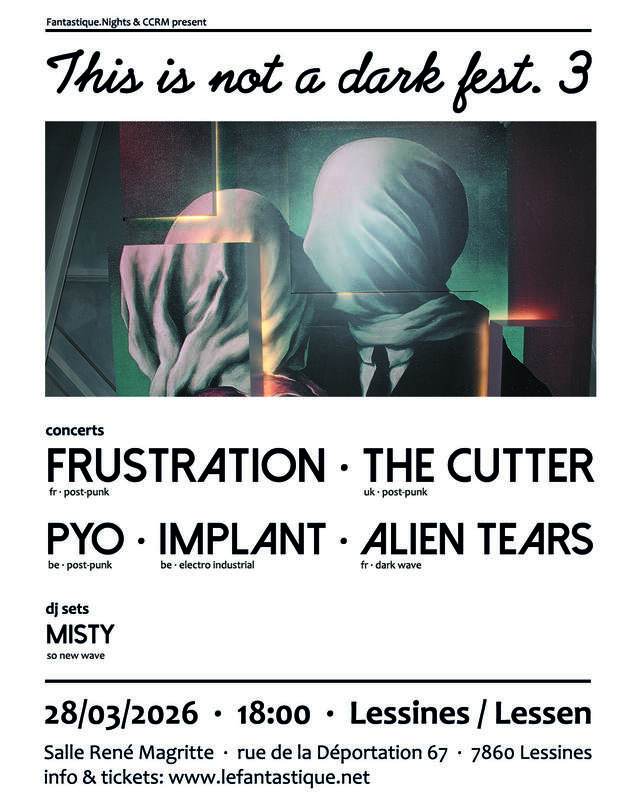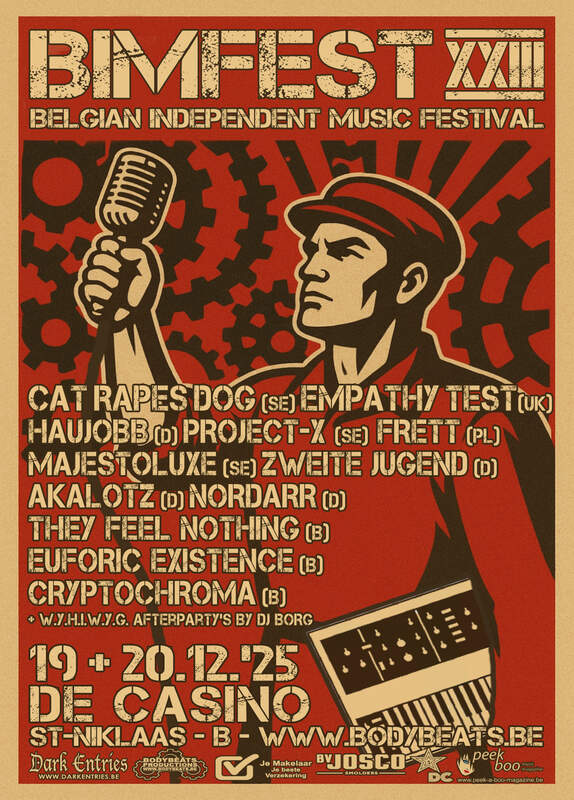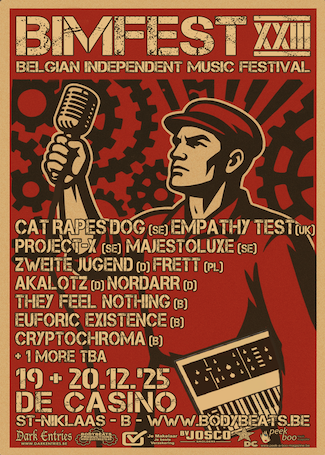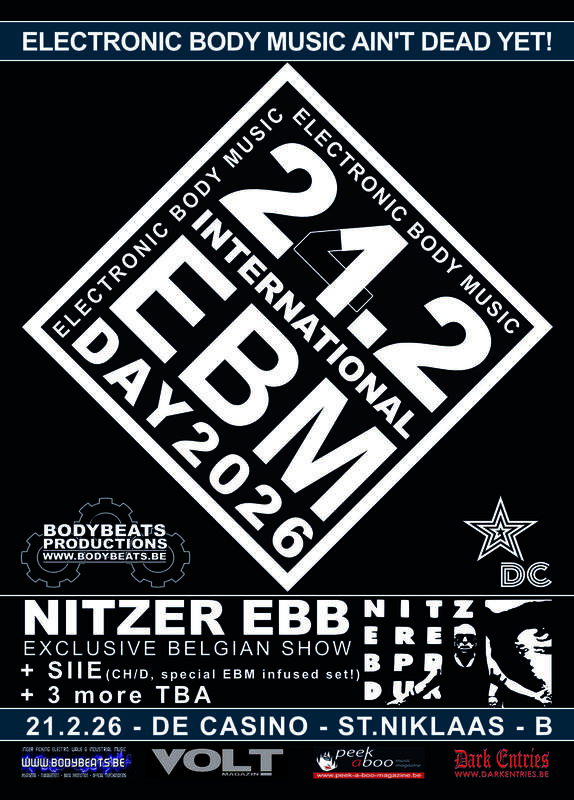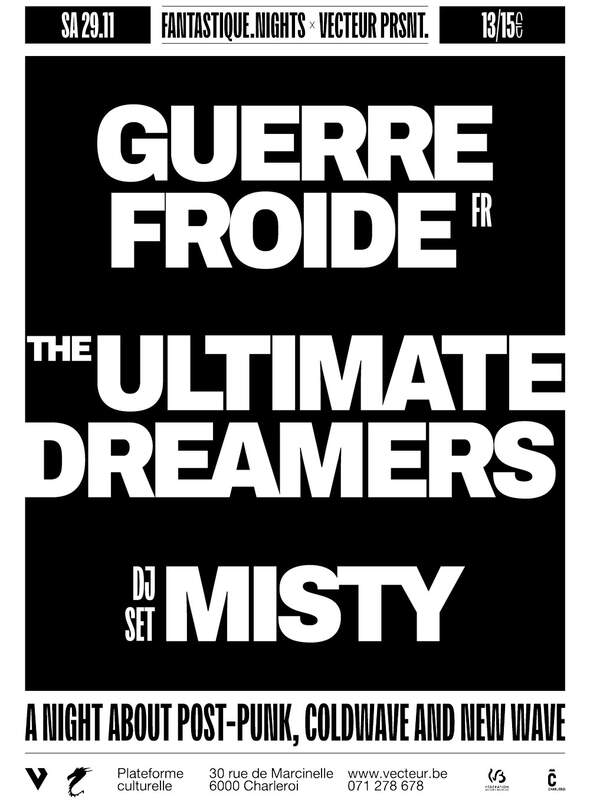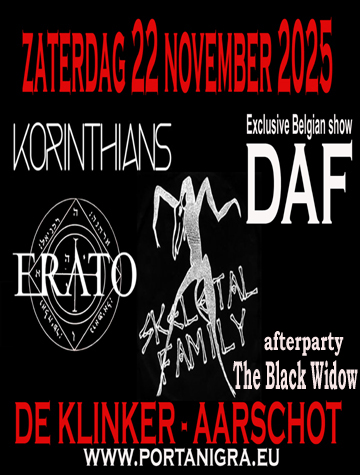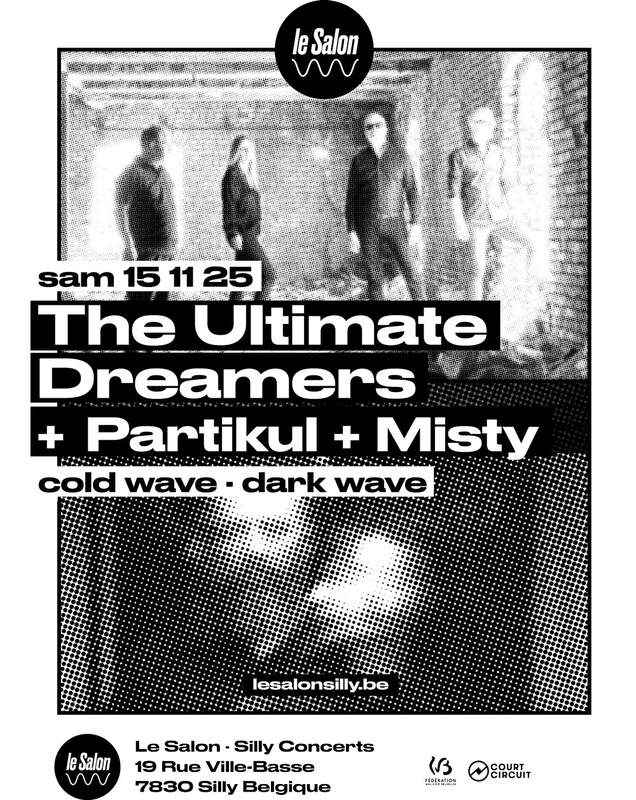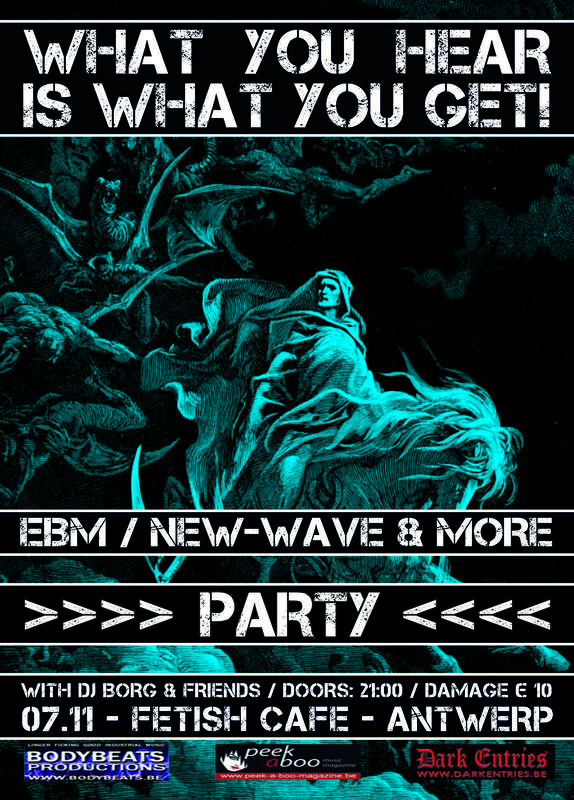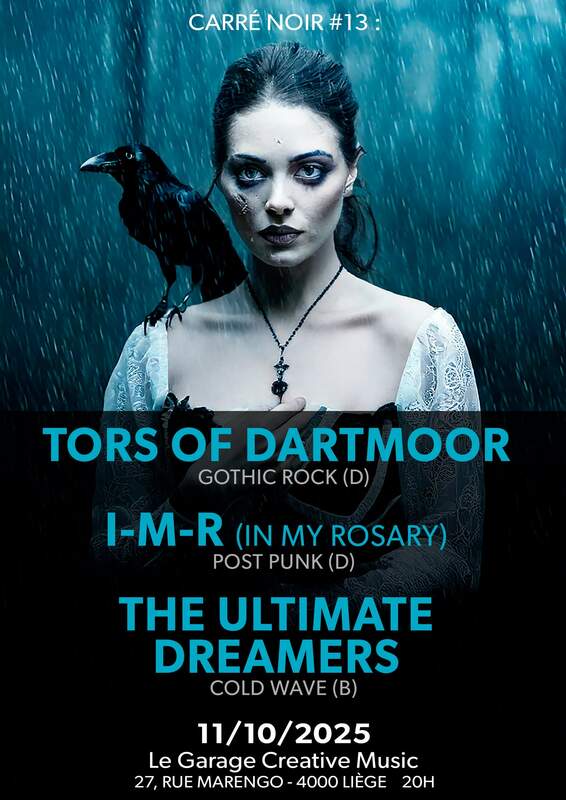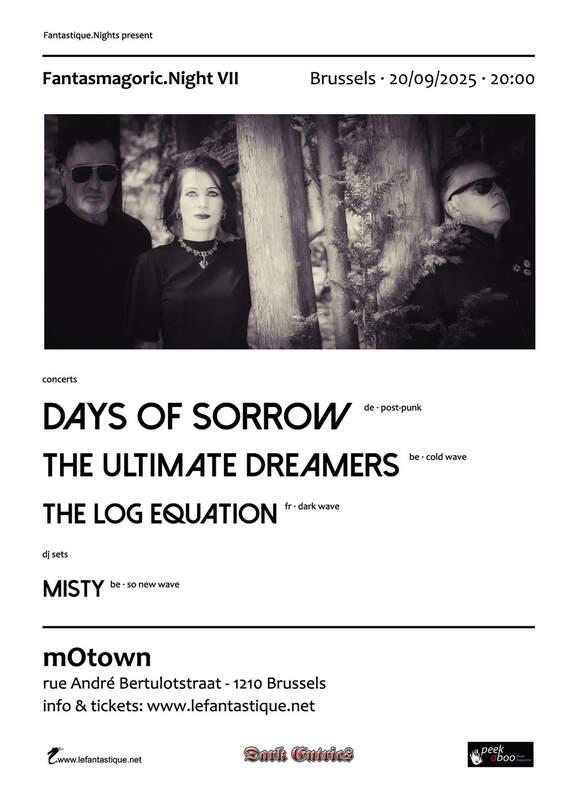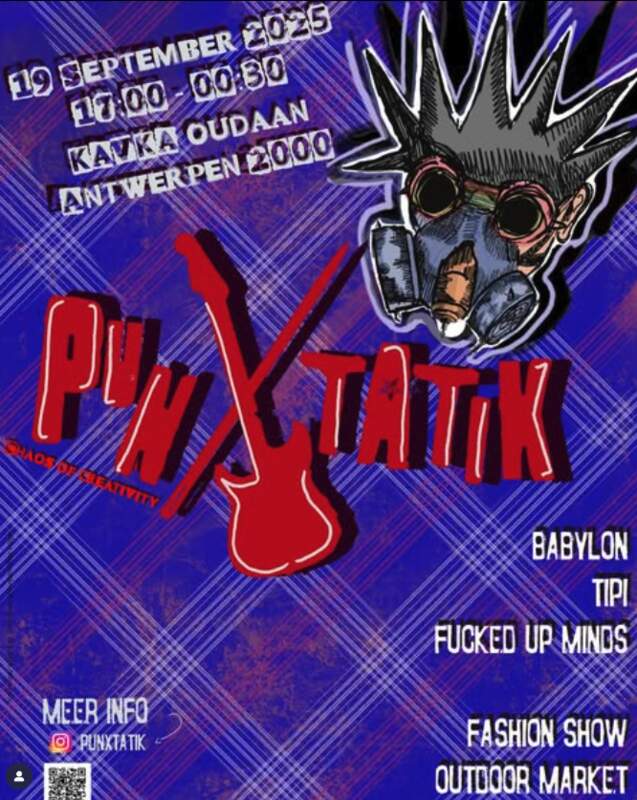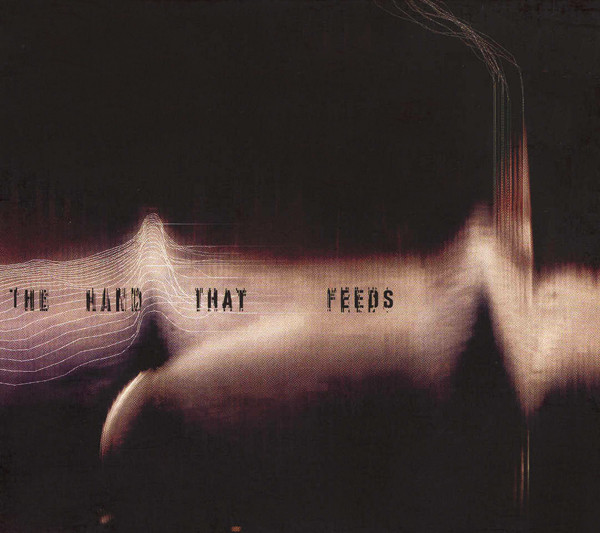
On this day, 19 years ago, Nine Inch Nails released 'The Hands That Feeds' single
On 28 March 2005 Nine Inch Nails released ‘The Hand That Feeds’ as the lead single from their fourth studio album, With Teeth (2005). It is the highest charting song by Nine Inch Nails on all charts except for U.S. Modern Rock Tracks, where it stayed at number one for five weeks, because the single that followed, "Only", stayed at number one for two more weeks (non-consecutively).
It is, to date, Nine Inch Nails' only single to hit the top 10 of the UK Singles Chart, as well as their highest-charting single on the U.S. Mainstream Rock Tracks chart, peaking at number two.
NIN was due to play this song at the 2005 MTV Movie Awards, but dropped out due to conflicts between Trent Reznor and MTV concerning the band's plan to incorporate an image of George W. Bush into the performance. An announcement made by Trent Reznor on the NIN website on 26 May stated:
"Nine Inch Nails will not be performing at the MTV Movie Awards as previously announced. We were set to perform 'The Hand That Feeds' with an unmolested, straightforward image of George W. Bush as the backdrop. Apparently, the image of our president is as offensive to MTV as it is to me. See you on tour this fall when we return to play in America."
The following day, MTV stated:
"While we respect Nine Inch Nails' point of view, we were uncomfortable with their performance being built around a partisan political statement. When we discussed our discomfort with the band, their choice was to unfortunately pull out of the Movie Awards."
The song was nominated for Best Hard Rock Performance for the 48th Annual Grammy Awards in 2006.
The Hand That Feeds (Lyrics)
You're keeping in step
In the line
Got your chin held high and you feel just fine
'cause you do
What you're told
But inside your heart it is black and it's hollow and it's cold
Just how deep do you believe?
Will you bite the hand that feeds?
Will you chew until it bleeds?
Can you get up off your knees?
Are you brave enough to see?
Do you wanna change it?
What if this whole crusade's a charade
And behind it all there's a price to be paid
For the blood on which we dine
Justified in the name of the holy and the divine
Just how deep do you believe?
Will you bite the hand that feeds?
Will you chew until it bleeds?
Can you get up off your knees?
Are you brave enough to see?
Do you wanna change it?
So naive
I keep holding on to what I wanna believe
I can see
But I keep holding on and on and on and on
Will you bite the hand that feeds you?
Will you stay down on your knees?
Will you bite the hand that feeds you?
Will you stay down on your knees?
Will you bite the hand that feeds you?
Will you stay down on your knees?
Will you bite the hand that feeds you?
Will you stay down on your knees?
Will you bite the hand that feeds you?
Will you stay down on your knees?
Will you bite the hand that feeds you?
Will you stay down on your knees?
Will you bite the hand that feeds you?
Will you stay down on your knees?
Will you bite the hand that feeds you?
Will you stay down on your knees?
These are dark times we’re in, and we need sounds that mirror it. Gothic Americana band, ANCINE answers the call to provide the musical reflection. They do so with their new release, Death Hymns: Book Of Desolation.
Lyrically, Death Hymns is a collection of murder ballads, often with a supernatural twist. Mike Giallo aimed to mix folk Horror cinema with the seedier side of old time and rural America, with a paradoxical blend of Christian and occult motifs. Though the lyrics are works of fantasy, the themes and emotions that brought them forth are very much real; depression, isolation, alcohol abuse, and misanthropy.
Death Hymns is musically influenced by old delta blues legends Robert Johnson, Son House, and Leadbelly as well as goth/death rock bands such as Christian Death, Samhain, and Fields of the Nephilim.
Death Hymns is available on CD and on all major digital platforms including Spotify & Bandcamp.
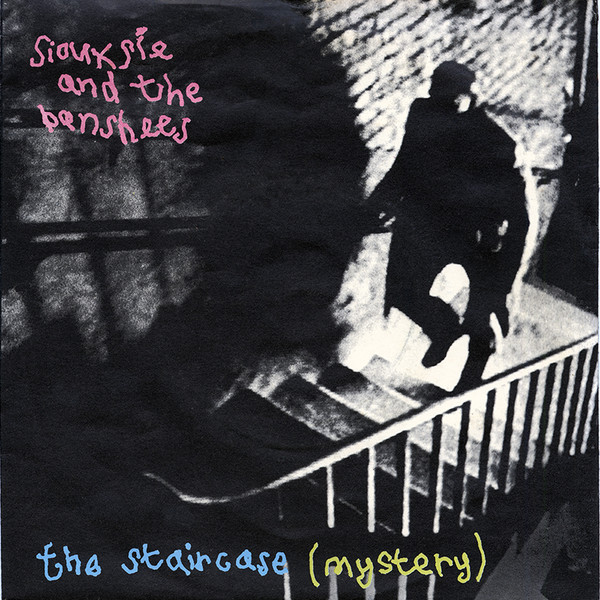
45 years of Staircase Mystery - Siouxsie And The Banshees release their second single!
Today 45 ago Siouxsie And The Banshees released ‘The Staircase (Mystery)’, it was the band's second single and was released as a stand-alone single on 23 March 1979 (Polydor Records). It also became the band’s second top 40 entry, peaking at number 24 on the UK Singles Chart.
B-side features a cover-version of the 1973 T. Rex song ‘20th Century Boy’.
The song was later added to the singles compilation album Once Upon a Time: The Singles. Also the remastered 2005 version of their debut album The Scream, contained this single as bonus material.
The acknowledged British music Melody Maker hailed the single upon its release and wrote: "The Banshees have been able to come up with a couple of slices of excellent music for their singles. 'The Staircase' hasn't anywhere near the commercial potential or immediacy of 'Hong Kong Garden', but nevertheless it's a great song. A sinister almost mesmerizing tune, dominated by Siouxsie's unorthodox vocals – it grows and matures with each play.
The Staircase (Mystery) (Tracklist)
A. The Staircase (Mystery) 3:06
B. 20th Century Boy 1:57
DISCOGS
Siouxsie and the Banshees (1979 line-up)
Siouxsie Sioux – vocals
Steven Severin – bass guitar
John McKay – guitar
Kenny Morris – drums
The Staircase (Mystery) (Lyrics)
Stare case lying face up
Stare cat on a mat
Looking down
Slide down the banister
Take the escalator
Slide down the banister
Or try the elevator
I was standing on the landing
Now I'm standing in the hall
Looking up
Won't someone assist me
Solve this mystery
Somebody assist me
Arrange the symmetry
Muffled footsteps on the carpet
Spiral steps start spinning
Around me
Which floor which ceiling
You're off balance
Which floor which ceiling
It's all upside down
Stare case lying face up
Stare cat on a mat
Looking down...
Songwriters: Sioux / John Gareth Mckay / Kenneth Ian Morris / Steven Severin
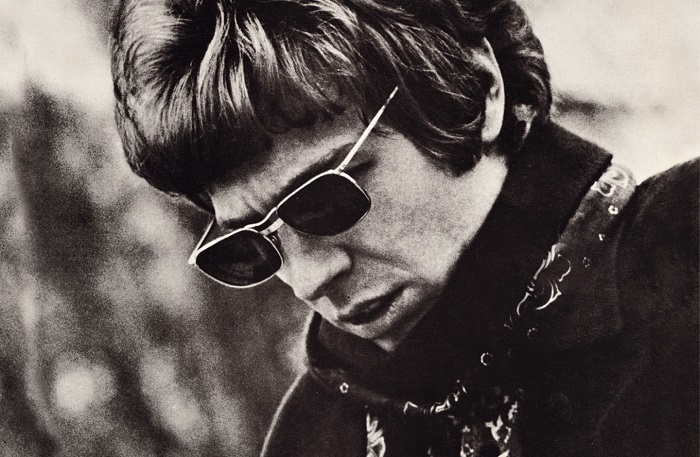
The Soul Walker | Celebrating The Sound Of The Late Scott Walker († March 22, 2019)
The voice of the late Scott Walker (born Noel Scott Engel; January 9, 1943 – March 22, 2019) is the sound of the sixties, everything that is free, soulful and beautifully constructed. When he sings the world stops turning and you are transported back to that decade. Visions of Mini Coopers, Mini Skirts, Piccadilly Circus and James Bond Films flood the senses.
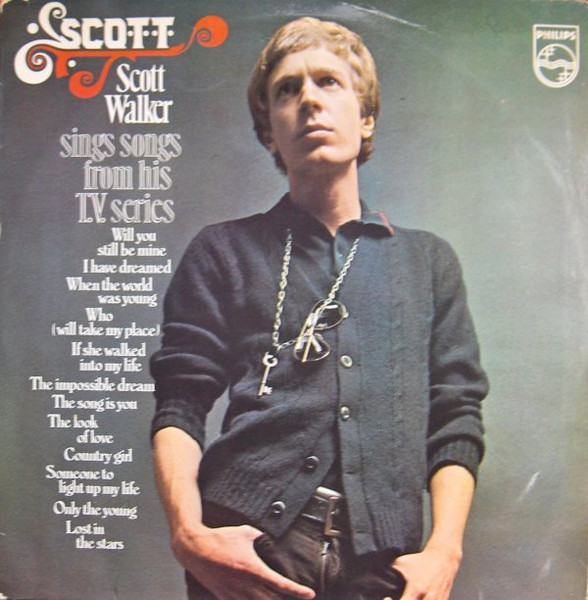
Those of you unfamiliar with the sound of Scott Walker can try and imagine that it is the place in the road where Jim Morrison and Brian Wilson meet, think of the song 'God Only Knows' sung by The Doors instead of the Beach Boys, a perfect pop song sung with a dark intensity.
Indeed Walkers influence goes beyond that of a conventional artist, he has been cited as highly influential on songwriters such as-Leonard Cohen, David Bowie, Steve Wilson, Thom Yorke, Jarvis Cocker, Neil Hannon and Julian Cope to name just a few.
For a man who was expected to follow the same path as Andy Williams or Frank Sinatra, falling into the superficial mainstream pop of other such crooners, he diverged his creepy sense of orchestral arrangements and focused his career on creating new paths instead of following ones already laid out.
When it comes to deconstructing Walker you find he is one of those rarities in music whose main instrument is his voice, the focus of every track, capturing the intense mood perfectly. With lush strings, drums, horn sections and guitars are always present but harder to reach as the voice is the vehicle the song rides on, everything else is there to promote it.
His split from The Walker Brothers, a bold step as they were at the top of their game, may have been down to him feeling like he was not doing want he had envisioned. The simple pressures of coming up with songs for The Walker Brothers had stunted his own personal creativity ,at one time it is said they had a larger fan base than The Beatles. In September of 1967 ,a little under six months since the last Walker Brothers album,'Images', Scott released his first solo album simply titled 'Scott'.
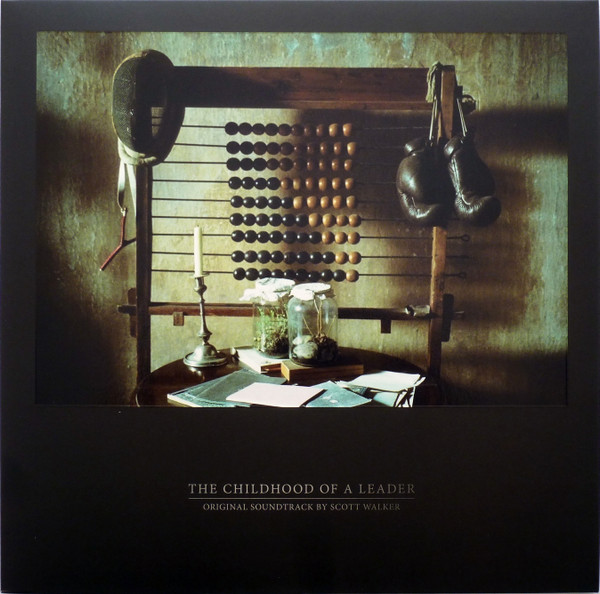
A critical and commercial success,reaching as high as no number-three on the UK charts, still on the heels of the Walker Brothers success although it would be the following year before it would see a Stateside release under the title ‘The Loner'. The albums varied material has and can be split into three sections, broadway hits, Walkers own compositions and covers of the infamous Belgian singer-songwriter Jacques Brel and here we have the real triumph for Walker.
Brel, who only recorded songs in his own native language, where as Walker was able to acquire the English translation songs before anyone else.
On Walkers following two albums he included another six songs collectively by Brel, always citing him as one of the greatest songwriters on the planet.
The closing Brel penned track on 'Scott' called 'Amsterdam' was recorded and released by David Bowie during his Ziggy period,it is at this point you understand the full influence and impact of this fearless singer,as he both stirred the fearless musical adventures in so many others and gave them a focal point on which to model themselves on,Walker may not have been the biggest selling male solo artist of that decade but perhaps he was the most important.
[Kevin Burke]
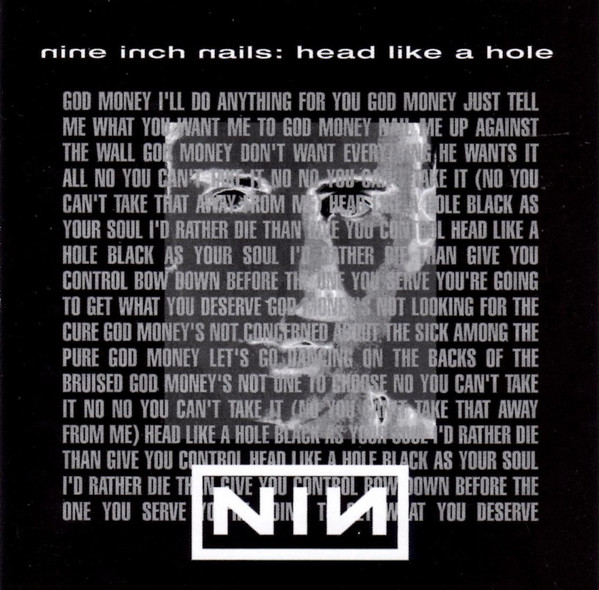
Today, exactly 34 years ago, Nine Inch Nails released their second single Head Like a Hole!
Today, exactly 34 years ago, Nine Inch Nails released their second single Head Like a Hole (22 March 1990) and bared the NIN catalogue number Halo 3. taken from their debut album Pretty Hate Machine (Halo 2) which was already released in October 1989.
Trent Reznor wrote 'Head like A Hole' already two years before its actual release, after touring with Skinny Puppy in 1988. The song was recorded in 1989 and was co-produced by Adrian Sherwood, Flood, and Keith LeBlanc. Since Flood was pretty occupied with producing Depeche Mode's Violator album at that time, 'Head Like a Hole' became one of the last songs the band finished for their Pretty Hate Machine album.
A music video was shot for the "Clay" remix of this song and was directed by Eric Zimmerman which was later also featured on the Closure VHS video tape (1997). The video got heavy rotation on MTV and helped to fuel NIN's early success. The video was shot at the Exit nightclub (Chicago) and features band members Trent Reznor, Richard Patrick, and Chris Vrenna, as well as guest drummer Martin Atkins performing in a cage
Head Like A Hole became an instant (underground) hit and remains upon today still one of NIN’s main artifacts.
The song was covered by many artists since then, amongst those DEVO and Nu-Metal band Korn
Head Like A Hole - Lyrics
God money I'll do anything for you.
God money just tell me what you want me to
God money nail me up against the wall.
God money don't want everything he wants it all.
No you can't take it
No you can't take it
No you can't take that away from me
No you can't take it
No you can't take it
No you can't take that away from me
Head like a hole.
Black as your soul.
I'd rather die than give you control.
Head like a hole.
Black as your soul.
I'd rather die than give you control.
Bow down before the one you serve.
You're going to get what you deserve.
Bow down before the one you serve.
You're going to get what you deserve.
God money's not looking for the cure.
God money's not concerned with the sick among the pure.
God money let's go dancing on the backs of the bruised.
God money's not one to choose
No you can't take it
No you can't take it
No you can't take that away from me
No you can't take it
No you can't take it
No you can't take that away from me
Head like a hole.
Black as your soul.
I'd rather die than give you control.
Head like a hole.
Black as your soul.
I'd rather die than give you control.
Bow down before the one you serve.
You're going to get what you deserve.
Bow down before the one you serve.
You're going to get what you deserve.
Bow down before the one you serve
You're going to get what you deserve.
Bow down before the one you serve.
You're going to get what you deserve.
Head like a hole.
Black as your soul.
I'd rather die than give you control.
Head like a hole.
Black as your soul.
I'd rather die than give you control.
Head like a hole.
Black as your soul.
I'd rather die than give you control.
Head like a hole.
Black as your soul.
I'd rather die than give you control.
Bow down before the one you serve.
You're going to get what you deserve.
Bow down before the one you serve.
You're going to get what you deserve.
Bow down before the one you serve.
You're going to get what you deserve.
Bow down before the one you serve.
You're going to get what you deserve.
Songwriters: Trent Reznor

